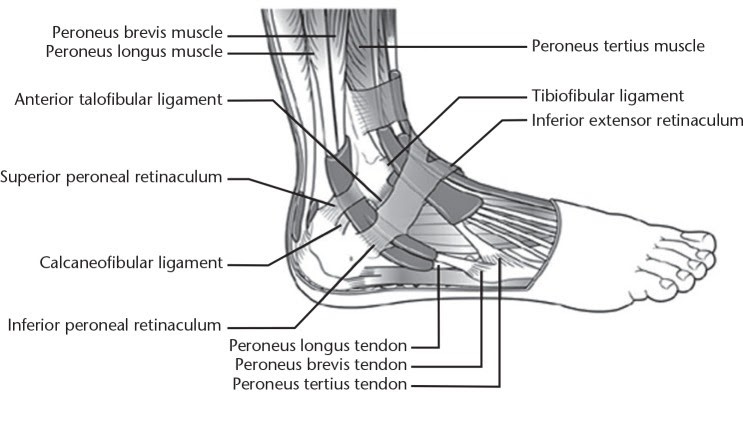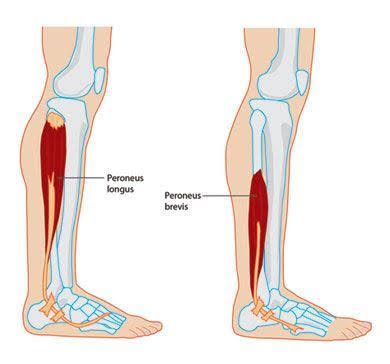What is peroneal tendinopathy?
Peroneal tendinopathy is structural changes of the peroneal tendon in response to a change in load. This could be a change in mode, intensity, or duration of physical activity or athletic training.
Another contributing factor is where a period of recovery after physical activity is not met, hence leading to breakdown of the tendon.
The tendon thickens in an attempt to manage the increase in load more effectively and it becomes painful and weak.
Depending on the stage of the tendinopathy, these structural changes are reversible and can respond well to physiotherapy management.
How does it get injured?
- A sudden increase in weight-bearing activities, particularly walking, running or jumping, or change in workload/workstation set up.
- It’s also common in sports where you have frequent change of direction (netball, basketball, rugby, soccer)
- Inadequate or unsupportive footwear
- Muscle imbalances of the lower limb
- Poor lower limb biomechanics
- Poor foot biomechanics including over-pronation, excess eversion of the foot and excessive subtalar and ankle varus rotation
- Weakness of peroneus longus
- Incomplete rehabilitation following an acute ankle injury, such as an ankle sprain
- History of severe ankle sprains
- Chronic ankle instability
- Direct trauma
- Fractures of the ankle or calcaneus
How is it diagnosed?
Your physio will test things including the range of ankle motion, the strength of muscles as well as palpation of the muscle/tendon. Sometimes if your physio deems necessary, imaging may be done.
What can Back in Action do to help?
They will give you advice on how to manage your injury, this typically will require you to change your training or work station set up, to stop overloading the tendon and allow it to begin to heal. They will also give you some gentle strengthening exercises which they will progress as your muscles become stronger. Your physio may also address other weaknesses in the lower limb that could have contributed to you developing the tendinopathy. They will likely do some hands on treatment which could involve massage to help release any tight muscles. Some patients may also require other treatment modalities, such as a heel wedge or rock-taping to help off load the tendon.


